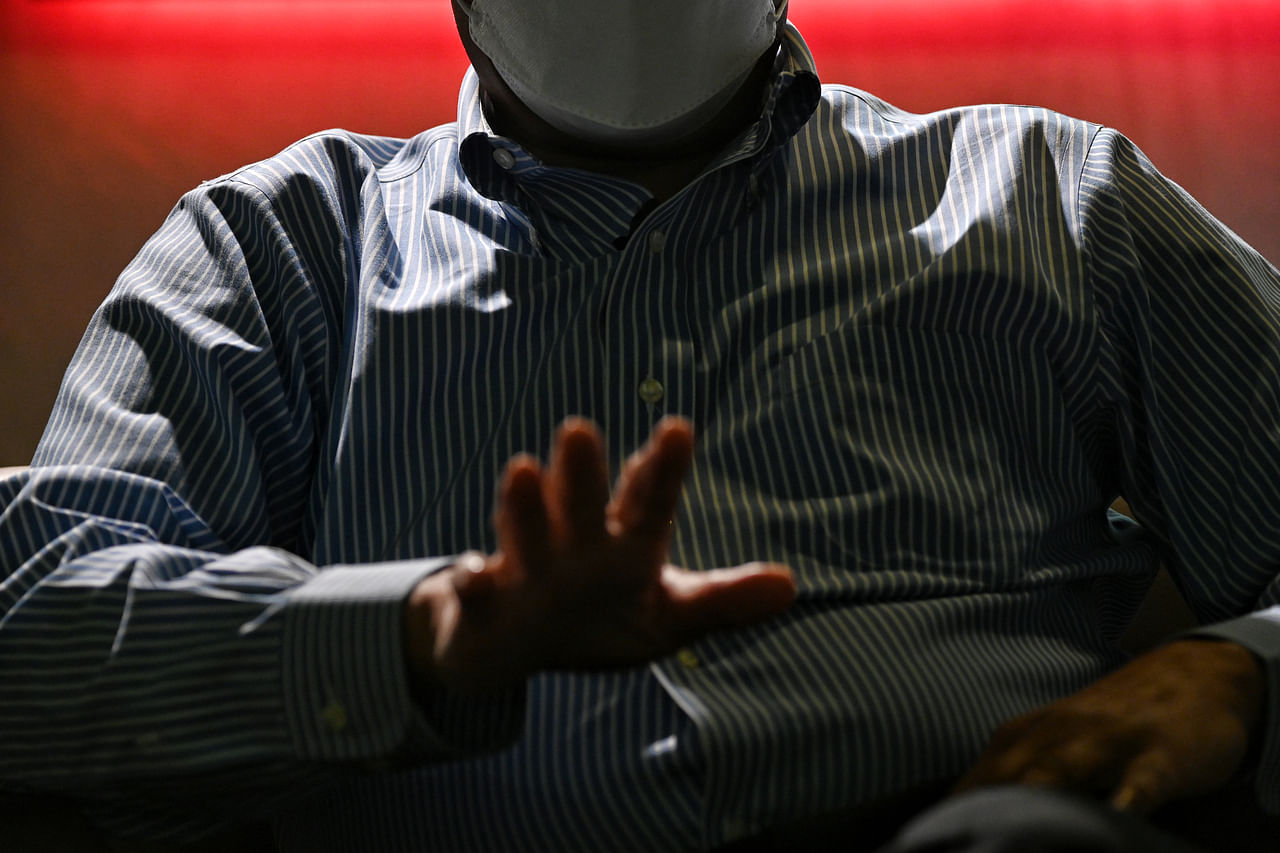SINGAPORE - As the officers in Singapore's Internal Security Department (ISD) looked through the copious amounts of papers, photographs and material their colleagues had seized at the homes of Jemaah Islamiah (JI) members, one unexpected discovery came in the shape of a rock song by American band Aerosmith.
I Don't Want To Miss A Thing was the soundtrack to a video disk they uncovered, innocuously titled Visiting Singapore Sightseeing. But the VCD was no travelogue - it was a reconnaissance video of the foreign missions along Napier Road the JI had targeted.
"The JI members obviously had a very perverse sense of humour," recalls Wei Ling (not her real name), a senior research officer in her 40s who was involved in the investigation into the group.
Another breakthrough was the discovery of a diskette containing bomb-making instructions.
A list of JI members' code names was also found on what appeared to be a piece of scrap paper.
For the officers involved in piecing together information on the JI after the first wave of arrests in December 2001, every bit of information had to be scrutinised and every lead chased down, to avert the possibly disastrous consequences of bombs going off in Singapore.
In all, 23 people were picked up for interviews in December 2001. Of these, 13 were eventually detained at the Whitley Road Detention Centre.
Their notebooks, photo albums, name cards and even scrap papers sandwiched in books and photographs were combed through.
The arrests and plots were announced by the Ministry of Home Affairs in early January 2002.
But the process of ferreting out information on these plots was not straightforward.
ISD officers, speaking to The Straits Times for the first time last month on condition of anonymity to protect their identities, recounted having to conduct almost daily interviews with JI members and their associates.
The information gathered then had to be followed up on.
Investigations found that close to 80 targets in Singapore were identified, with some plots better developed than others.
Of note was a bomb plot against the shuttle bus that ferried United States military personnel and their families in the Sembawang area to Yishun MRT station. Maps of the station were drawn, and the station and its surroundings were filmed, with special attention paid to areas where explosives could be placed.
The investigations also uncovered the nature and extent of the JI as a regional terror organisation, and the ISD sounded the alarm on the threat and shared intelligence gathered with its foreign partners, said senior operations officer Faisal (not his real name).
There were links to Al-Qaeda too. Singapore JI members had been approached by Al-Qaeda operative "Sammy" with a plan to use truck bombs against the US and Israeli Embassies, the Australian and British High Commissions and commercial buildings housing US firms.
Surveillance and search teams also conducted discreet checks for months over many suspected locations to determine if the explosives sought by JI operatives could have been smuggled into Singapore and stashed away.
Wei Ling recalled a "constant roller-coaster ride of emotions" because of the wild goose chases some JI members led the officers on to frustrate investigations.
One such ride was when officers thought they had managed to piece together the location where four tonnes of ammonium nitrate was being kept, only to discover they had been strung along. ISD later found that JI members did not succeed in bringing the bombmaking chemicals into Singapore.
Many of the officers had spent days with little to no sleep.
Among them was Faisal, now in his early 60s, who had pushed on at Whitley Road for several days without sleep, till he was asked by his boss to get some rest.
"The investigations were very intense; information was coming out by the second. You've got to sift through this information, make sense out of it, how it fits into the whole picture, and you have to follow every lead," he said.
"We were fighting against time, against an explosion in Singapore. That was at the back of our minds, and that probably kept us going."

He recalled the case officers being struck by how organised and systematic JI was.
They even had security protocols prepared for the day that they would be arrested, meant to choke off the officers.
Some members were "battle-hardened", with war experience overseas. When they came back, they were motivated and inspired by their religious beliefs, he said.
"They believed they were the chosen ones, they believed that they would not lose in a war. If they are caught, if they are punished, or if they are killed in their operation, they will go to heaven," he added.
"It's either they win and become a victim in this world, or become a victim in the afterlife. To them it's a win-win thing."
JI operatives were also skilled, said Deen (not his real name), an officer who recalled how a member of the recce team that surveyed the Ministry of Defence headquarters for attack could later draw the site's layout accurately from memory.
"To verify the sketch, the investigators and field officers went down to the scene. We were shocked and amazed at the (degree of) accuracy at which he could replicate the layout of the area from memory."
Despite the difficulties in making sense of a new phenomenon and voluminous amounts of data, the investigators tried to keep spirits up.
Wei Ling recalled how her colleague who found the Visiting Singapore Sightseeing VCD had his efforts recognised internally.
"We organised a prize presentation ceremony for him because that was quite a breakthrough find. One of my bosses actually made a medal for him out of cardboard."

ISD's investigations led to another 21 persons linked to the JI being arrested in August 2002.
With the second batch of arrests and detentions, the Jl network in Singapore was severely disrupted, ISD said in the 2003 White Paper on the JI arrests.
Case officers also analysed interview statements by the detainees to corroborate what was said by different JI members, who were not cooperative at first.
Some of them shared how they had been told that ISD would torture them to make them confess, said Rajah (not his real name), a senior ISD operations officer in his mid-50s.
Asked if there was a consistent thread in the detainees' thinking, he said that psychologists' assessments showed they wanted to become better Muslims and were searching for knowledge, but had gone wayward.

People like Ibrahim Maidin, then the JI leader, brought them into these religious groups. Some foreign preachers also spoke with them, which further encouraged and inspired the belief that having an Islamic state and embarking on armed jihad was the right way to go, said Rajah.
Another complication was the fact that they had taken a pledge of allegiance to the JI leader.
"The ba'iah is a pledge of loyalty and they didn't want to break that promise. They were convinced that anybody who leaks information about the JI group, or leaves the group, will be deemed as an infidel. That was another mental block they had."
But what helped ISD establish rapport with the detainees, he added, was the way they treated them with dignity and reached out to their families to help them.
"We adopted a different approach," said Rajah. "That actually helped them to understand that the stories they heard about ISD (and use of torture) were not true."

